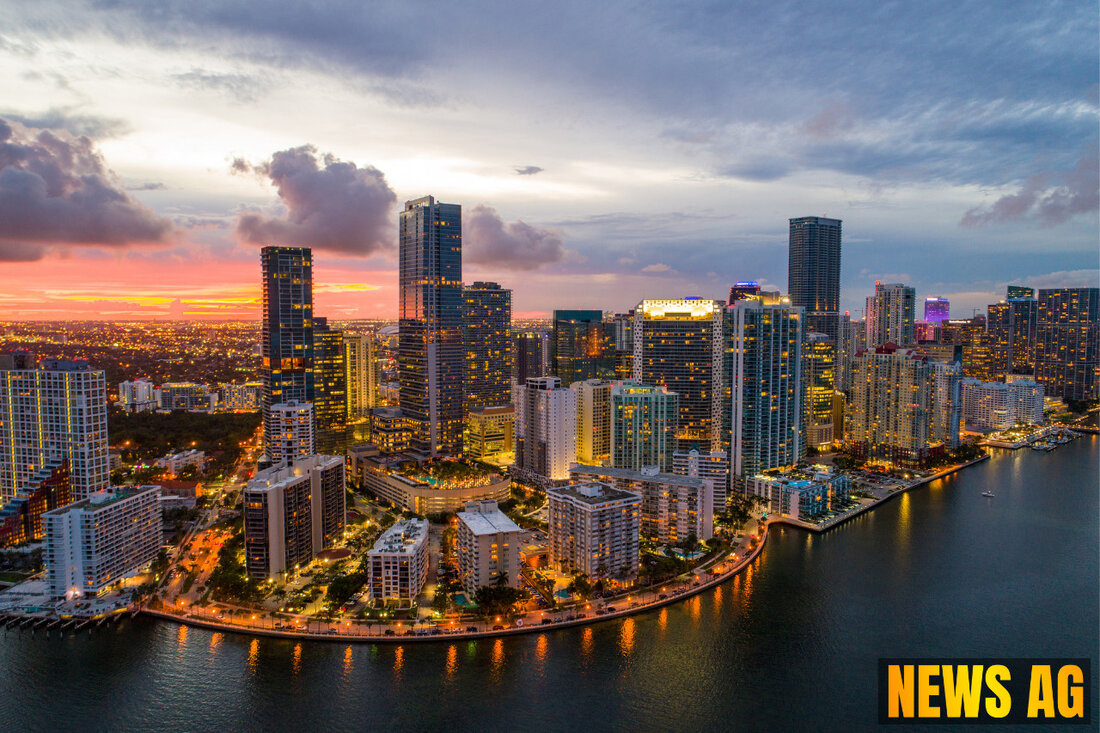Hybrid Termites Discovered: A New Threat Looms Over South Florida Homes!

Bill Keith Preserve, Fort Lauderdale, Florida, USA - In a startling development for homeowners and pest control experts alike, scientists at the University of Florida have confirmed the existence of hybrid termites emerging from two of the world’s most destructive species: the Formosan subterranean and Asian subterranean termites. This alarming discovery, documented in a recent study led by Dr. Thomas Chouvenc, reveals that these invasive species are not only cohabiting but are actively producing hybrid offspring in South Florida. The findings were recently highlighted by Local 10 News, showcasing the ongoing threat these pests pose to properties in the region.
Dr. Chouvenc, affiliated with UF’s IFAS Fort Lauderdale Research and Education Center, has been studying termite interactions for nearly a decade. He noted that both species were engaging in unusual courtship behaviors, seen swarming together at the same time and place—a phenomenon uncommon for these species, which usually swarm at different periods (March for Formosan and May for Asian) and in differing environments. Interestingly, prior to this, Formosan and Asian termites had not co-mingled for millions of years until their introduction to Florida, sparking curiosity and concern among researchers and homeowners alike.
The Hybrid Concern
The emergence of a hybrid termite colony was confirmed recently at Bill Keith Preserve in Fort Lauderdale. Dr. Chouvenc speculated that multiple hybrid colonies may exist, though their precise locations remain unknown. Though he does not believe these hybrids are inherently more destructive than their parent species, he raised concerns that they may demonstrate superior survival skills outside of South Florida, potentially expanding their range and impact.
This hybridization is not just a local issue; it’s a growing concern statewide. The Click Orlando report emphasizes that the presence of Formosan and Asian termites creates significant headaches for Florida homeowners. These termites can form colonies that number in the millions and have a reputation for aggressive foraging, wreaking havoc on homes. Alarmingly, Dr. Chouvenc estimates that about 99.9% of termite infestations in Florida homes stem from either of these two species. This indicates that homeowners need to stay alert and proactive in pest management.
| Termite Species | Key Characteristics | Range |
|---|---|---|
| Formosan | Form colonies with millions, aggressive foraging behavior | Alabama, Georgia, Florida, Louisiana, Hawaii, Mississippi, Tennessee, Virginia, Texas, Arizona, California |
| Asian | Primarily affects homes and trees, struggles in cold climates | Restricted to South Florida but spreading north to Tampa, Orlando, and Melbourne |
Pathways of Spread
Interestingly, human activity seems to be a key player in the spread of these invasive termites. The University of Florida IFAS suggests that recreational boats might be aiding in the transportation of these pests, an alarming tidbit for boaters and beachgoers. Moreover, while hybridization may enhance the adaptability of these termites to diverse environments, the long-term impact on the Florida ecosystem—and homeowners‘ pocketbooks—remains unpredictable.
With such a potential crisis unfolding, pest management professionals like Fred Walker from Stark Exterminators are urging homeowners to take proactive steps. He advises that understanding the different pest species is vital before engaging any treatment efforts. This latest discovery underscores the importance of research in finding effective ways to combat these pests. It’s a clear call-to-action for residents to remain vigilant and work closely with pest control providers to protect their homes.
As Florida battles these two formidable termite species and their destructive potential, the question remains: how can residents safeguard their properties against the creeping threat of hybrid termites? Awareness, vigilance, and timely intervention seem to be the answer.
| Details | |
|---|---|
| Ort | Bill Keith Preserve, Fort Lauderdale, Florida, USA |
| Quellen | |
